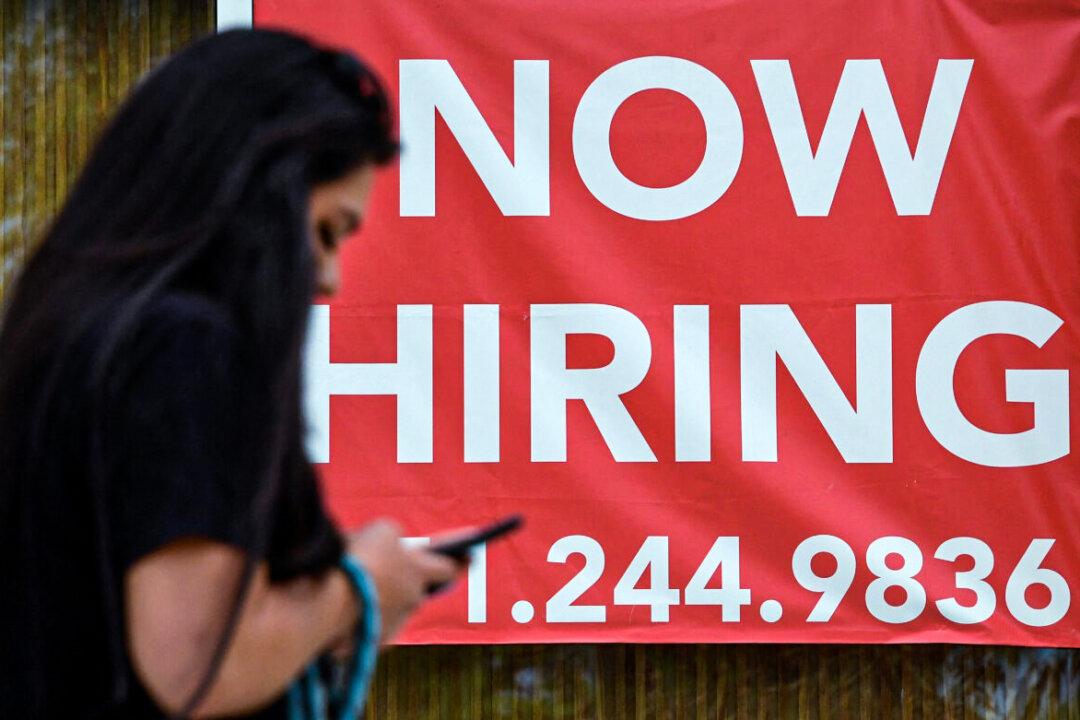New weekly filings for unemployment insurance—a proxy for layoffs—have risen above analysts’ expectations to a three-month high, prompting some economists to question whether the tight labor market is heading for a softer patch.
First-time filings for unemployment insurance rose by 1,000 to 203,000 for the week ending on May 7, the Labor Department said in a report (pdf). Economists expected to see a drop in the jobless claims number to 195,000.





